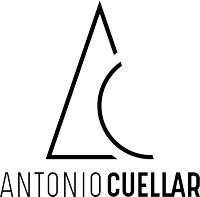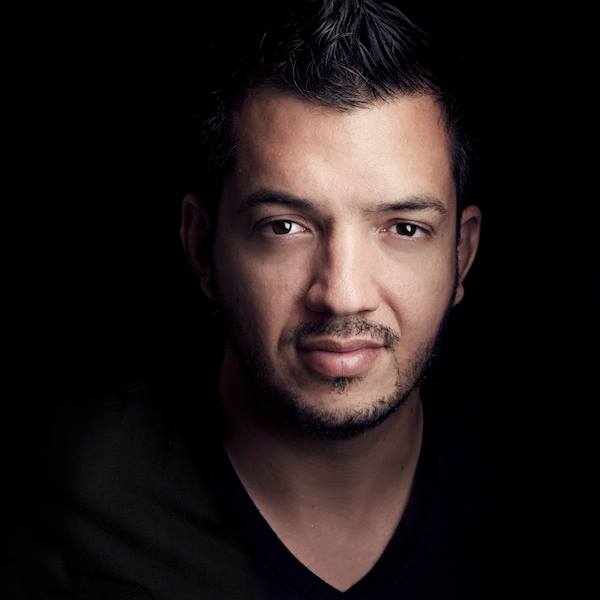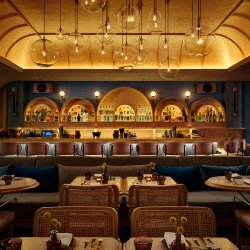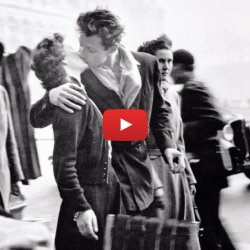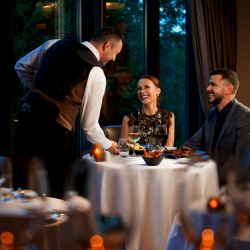Trending Topics in Hotel Photography: Insights from a Hospitality Photographer
Trending Topics in Hotel Photography: Insights from a Hospitality Photographer
The hospitality industry is more visual than ever, and hotels rely on high-quality imagery to attract guests and create immersive online experiences. A hospitality photographer plays a crucial role in shaping a hotel’s brand perception, ensuring that every detail—from architecture to ambiance—is captured with precision. As trends evolve, professionals in the industry must adapt to new styles, technologies, and guest expectations. Let’s explore the latest trends reshaping hotel photography and how they impact the work of a hospitality photographer.
1. Storytelling Through Imagery
Modern hotel guests crave experiences rather than just a place to stay. This shift has made storytelling a key element in hospitality photography. Instead of static images of rooms and lobbies, hotels are opting for narrative-driven visuals that highlight the guest experience. A hospitality photographer crafts visuals that evoke emotions, showing guests enjoying breakfast with a view, unwinding at the spa, or engaging in cultural experiences around the hotel.

2. Authentic and Lifestyle-Oriented Photos
Gone are the days of overly staged and sterile hotel images. Today, authenticity is king. Guests want to see real, relatable moments rather than perfectly arranged furniture with no human presence. A skilled hospitality photographer captures candid moments, such as a couple sipping cocktails by the pool or a traveler reading by a cozy fireplace, to make potential guests envision themselves in the setting.
3. Drone Photography and Aerial Views
Drones have revolutionized hotel photography by providing breathtaking aerial perspectives. Whether showcasing a beachfront resort, a mountain lodge, or an urban high-rise, drone photography helps highlight a property’s scale, surroundings, and architectural design. A hospitality photographer proficient in drone techniques can provide hotels with stunning visuals that make their listings stand out.
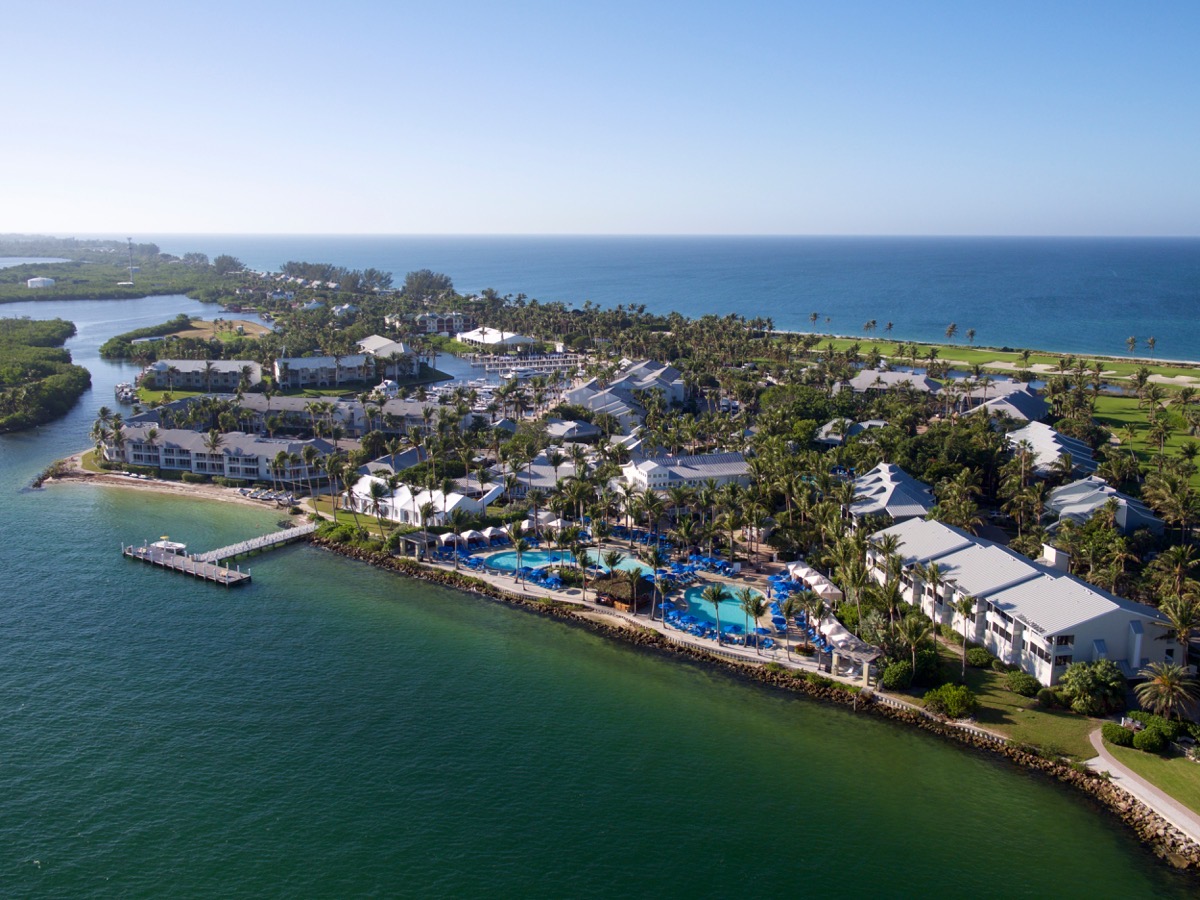
4. Sustainability and Eco-Conscious Imagery
With sustainability becoming a priority in hospitality, hotels are keen on showcasing their eco-friendly initiatives. From solar panels to organic gardens and green rooftops, a hospitality photographer focuses on capturing these elements in a visually appealing way. This trend helps brands align with environmentally conscious travelers looking for responsible lodging options.
5. Mobile-First Photography
Since most travelers discover hotels through mobile devices, hotel photography must be optimized for small screens. High-resolution images that load quickly and look sharp on smartphones are essential. A hospitality photographer must ensure that their compositions, lighting, and editing techniques cater to mobile viewing experiences while maintaining impact and clarity.
6. Video Content and Motion Photography
While still photography remains essential, video content is becoming just as crucial in hotel marketing. Short-form videos, cinemagraphs, and immersive room tours help potential guests get a better feel for the property. Many hotels now hire a hospitality photographer with video production skills to create engaging reels and clips for social media and websites.
7. Social Media-Optimized Imagery
Instagram, TikTok, and Pinterest have transformed how hotels market themselves. A hospitality photographer must create visually captivating images tailored for these platforms, incorporating vibrant colors, unique angles, and engaging compositions that encourage shares and bookings. The goal is to create content that stops scrollers in their tracks and entices them to learn more about the property.
8. How Personalized Guest Experiences Should be Captured by Hospitality Photographer
Hotels are moving towards more personalized guest experiences, and photography must reflect that. Whether it’s custom welcome amenities, intimate dining setups, or personalized spa treatments, a hospitality photographercaptures these moments to showcase the hotel’s attention to detail. Such images help potential guests feel like the hotel understands and caters to their needs.
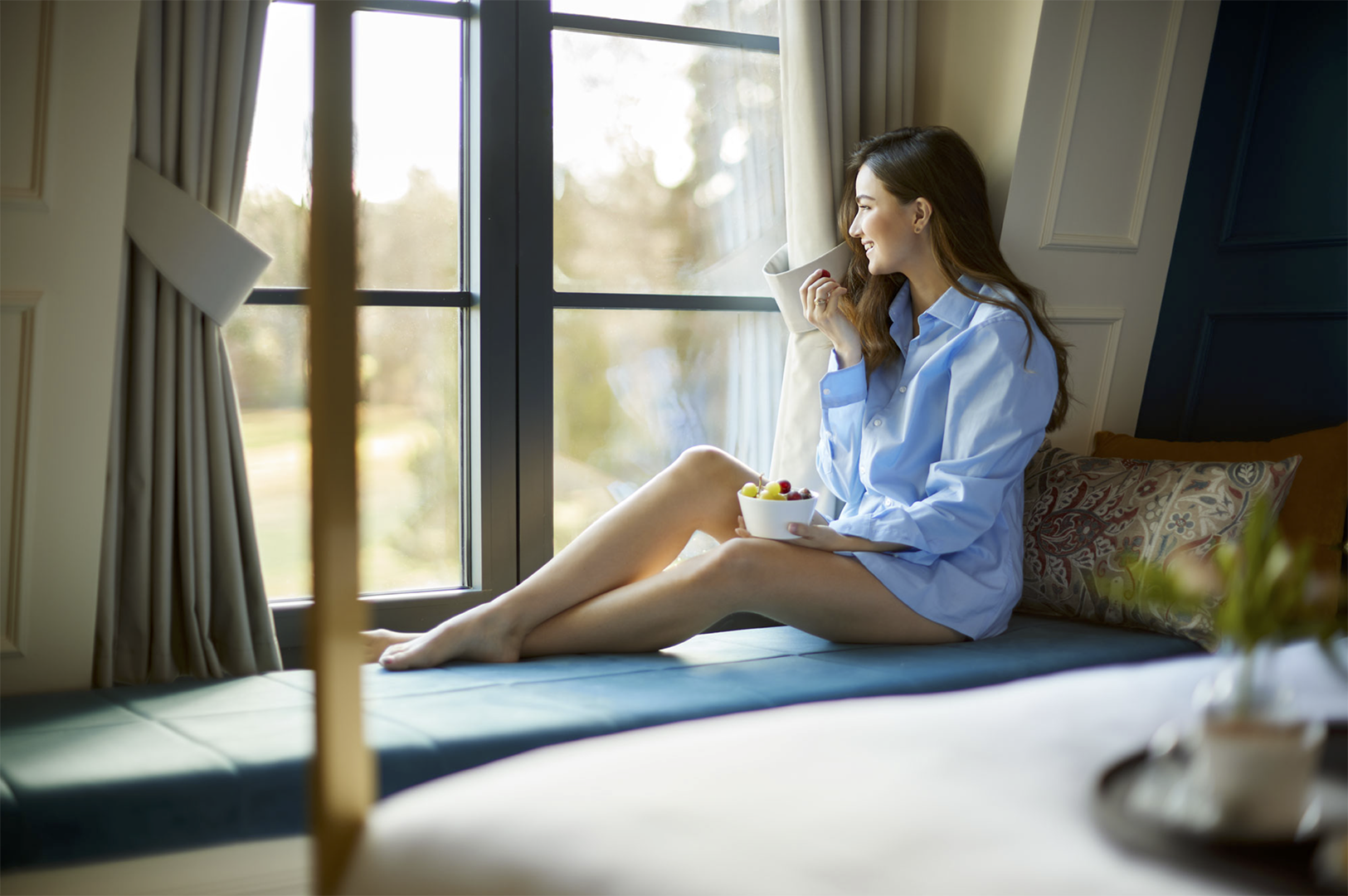
Conclusion
As trends in hotel photography continue to evolve, the role of a hospitality photographer becomes even more significant. From authentic storytelling and drone photography to social media-ready visuals and sustainable branding, staying ahead of these trends is key to delivering compelling imagery that drives bookings. Hotels that embrace these photography trends will not only enhance their brand presence but also create meaningful connections with travelers seeking unforgettable experiences.
